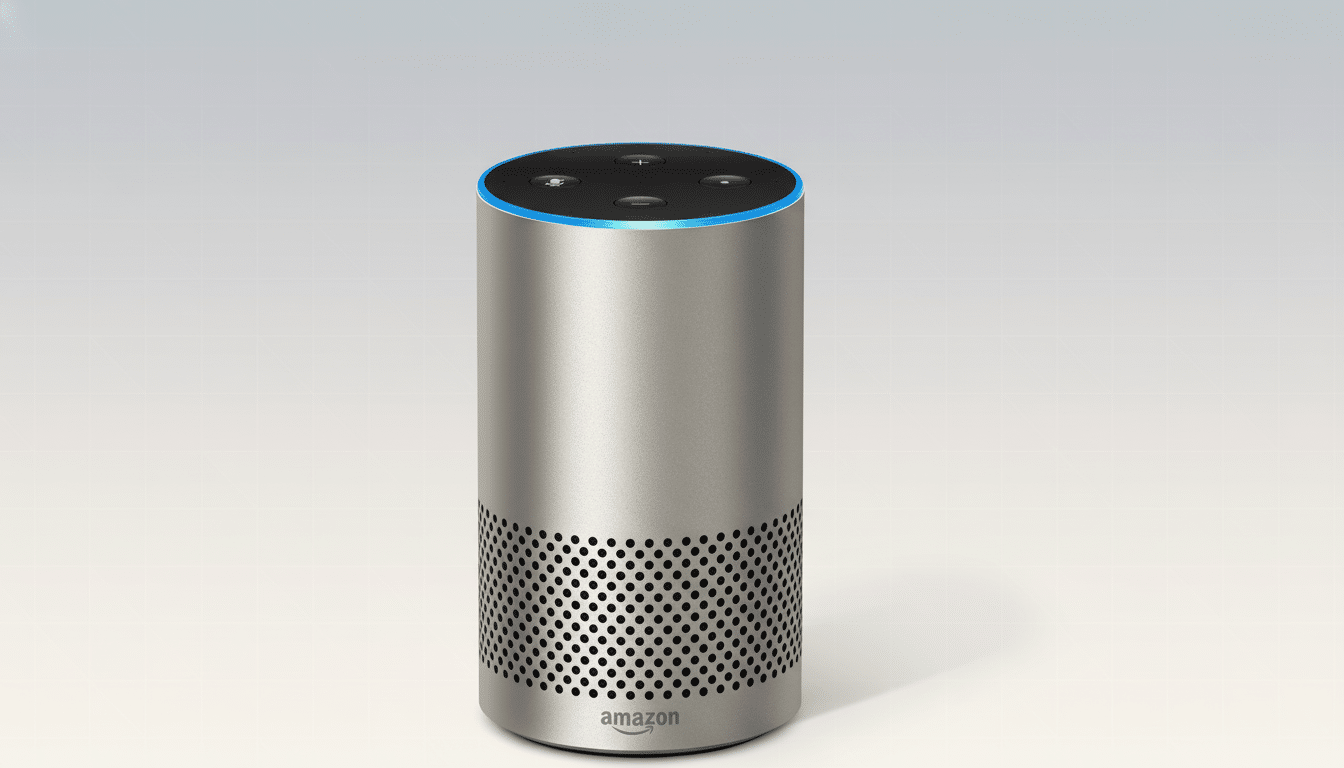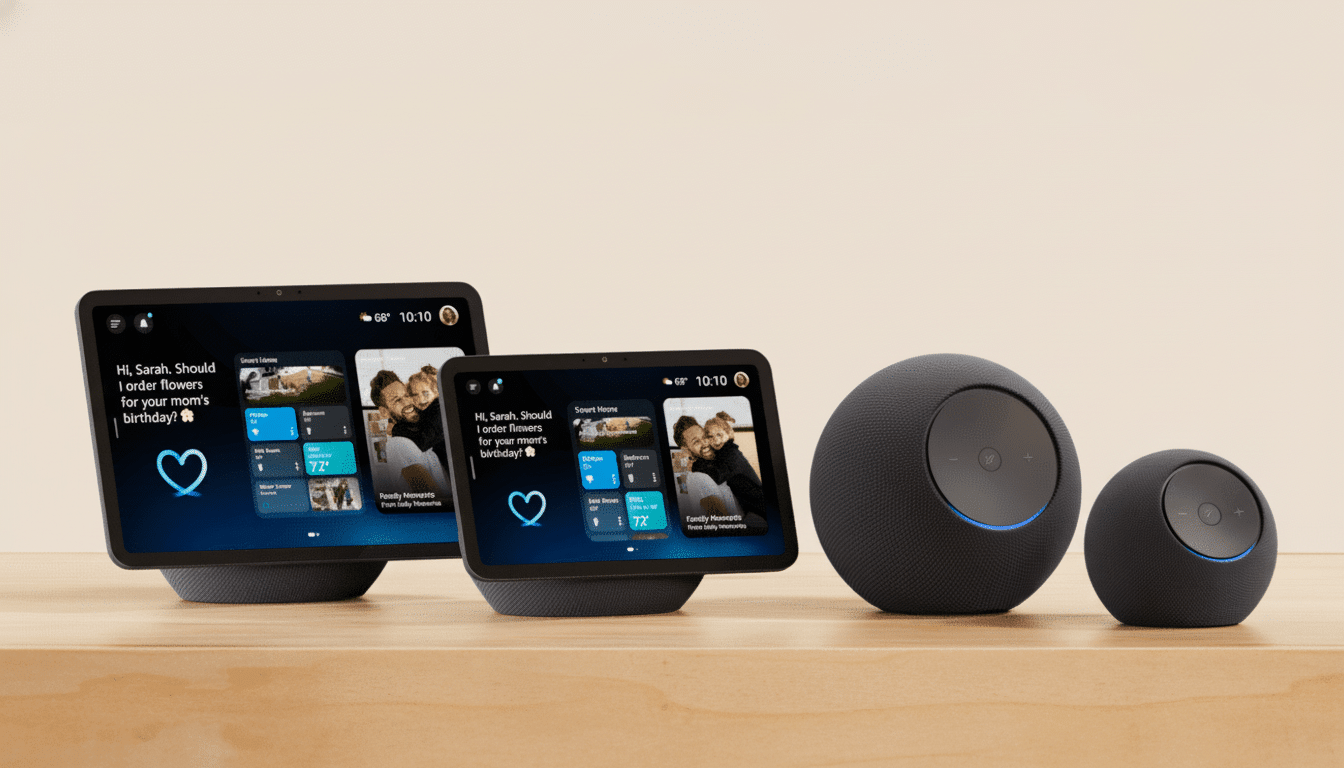The majority of users employ Alexa for music and a kitchen timer, and that’s it. But the assistant conceals an arsenal of potent voice commands that are free and save genuine time. According to research conducted for NPR and Edison Research, simple features are the most common uses of smart speakers, while automation-oriented tools and organizational functions are underused. Below are less service-based commands, or practical ways to get more out of an Echo than just a speaker.
Everyday Automations You Can Set Off With Your Voice
“Alexa, good night.” “Alexa, I’m home.” “Alexa, I’m leaving.” These commands can activate Routines that turn off lights, lock doors, adjust plugs, and set your favorite scene all at the same time. If you have an Echo with motion or temperature sensors, you can also set them to trigger Routines when someone enters a room or it gets too warm—no paid plan needed for that.
- Everyday Automations You Can Set Off With Your Voice
- A Better Intercom and Phone Finder for Your Home
- Timers, Alarms and Reminders You Can Stick To Every Day
- Track Packages and Daily Commutes Without Opening Apps
- Shared Shopping Lists and To-Dos for the Whole Family
- Kitchen Conversions and Substitutions When Cooking
- White Noise and Sleep Timers for Better Rest and Focus
- Use Your Echo as a Sensor for Motion and Temperature
- Protect Your Home With Basic Alerts and Alexa Guard
- Translate on the Fly and Do Quick Math With Alexa
- Personalize Alexa With Voice Profiles for Each Person
- Tune Alexa’s Personality and Manage Privacy Settings
- Pro Tips to Help Your Alexa Voice Commands Stick

A Better Intercom and Phone Finder for Your Home
Say, “Alexa, announce ‘Dinner is ready,’” and the speaker sends a room-to-room broadcast to every Echo in the house. You can also command the voice assistant, “Alexa, drop in on the kitchen,” to speak hands-free with a particular device. Lost your phone? “Alexa, call my phone” functions once you’ve set up Alexa Calling, ringing the device even if it’s set to silent in many cases.
Timers, Alarms and Reminders You Can Stick To Every Day
Named timers are crucial: “Alexa, set a pasta timer for 10 minutes,” followed by “What’s the remaining time on the pasta timer?” And consider alarm labels: “Alexa, set an alarm for 6:30 a.m. on weekdays called ‘Gym.’” For follow-through, “Alexa, remind me to email Sam at 3 p.m.,” or “…when I arrive at work,” if you’ve allowed location permissions in the app.
Track Packages and Daily Commutes Without Opening Apps
“Alexa, where are my packages?” delivers the delivery status without you needing to open any app. Heading out? “Alexa, how’s traffic to work?” uses your saved address to calculate drive time. Most consumers in such homes want convenience above all else, according to Parks Associates; these rapid checks provide just that, with no frills attached.
Shared Shopping Lists and To-Dos for the Whole Family
“Alexa, add milk to my shopping list,” and “Alexa, what’s on my to-do list?” use your Echo as a family organizer. Lists sync to the Alexa app and can be shared across a Household profile, letting anyone in the family add or check items off while they are at the store.
Kitchen Conversions and Substitutions When Cooking
Skip the math: “Alexa, how many tablespoons in one-third cup?” or “22 Celsius to Fahrenheit?” Stuck without an ingredient? “Alexa, what can I use instead of buttermilk?” Food pros rely on these rapid-fire questions because they minimize mistakes when your hands are full and the clock is ticking.
White Noise and Sleep Timers for Better Rest and Focus
Turn an Echo into a sound machine with “Alexa, play brown noise,” “…rain sounds,” or “…thunderstorms.” Include “Alexa, set a sleep timer for 30 minutes” to have playback stop automatically. For many ambient tracks, you won’t even need a music subscription, and it’s easy to slip these into a bedtime Routine.

Use Your Echo as a Sensor for Motion and Temperature
Most Echo devices are able to sense motion or read room temperature. You can ask, “Alexa, what’s the temperature in the living room?” on supported models, or create a Routine such as: if motion is detected after sunset, turn on the hallway light for five minutes. It’s an easy, affordable way to automate comfort and security.
Protect Your Home With Basic Alerts and Alexa Guard
“Alexa, I’m leaving” can arm Alexa Guard (free tier) to listen for smoke and CO alarms, glass breaking, or the sound of an intruder, and send you a Smart Alert. Tell it, “Alexa, I’m home,” to disarm. It’s not a monitored security system, but it’s a helpful alarm if one of your detectors goes off while you’re away.
Translate on the Fly and Do Quick Math With Alexa
“Alexa, translate ‘good morning’ to Spanish” is helpful for travel or doing homework. For math on the fly, “Alexa, what’s 15 percent of 260?” or “What’s 7 times 13?” Teachers often remark that these micro-inquiries can gain momentum by eliminating small frictions that interfere with attention.
Personalize Alexa With Voice Profiles for Each Person
“Alexa, learn my voice.” This trains the assistant to know who’s speaking. Post-setup: “Alexa, who am I?” confirms your identity, and requests such as “Call Mom” or “Play my favorites” are automatically mapped to the correct person. It’s a sleepy update that cuts down on errors in multi-person homes.
Tune Alexa’s Personality and Manage Privacy Settings
Keep responses short with “Alexa, turn on Brief Mode,” or go silent at night with “Alexa, turn on Whisper Mode.” Manage your data with commands like “Alexa, delete everything I said today,” “Alexa, delete what I just said,” and “Alexa, what did you hear?” Consumer Reports has long recommended that consumers treat these privacy commands as good digital hygiene.
Pro Tips to Help Your Alexa Voice Commands Stick
Give devices simple names in the Alexa app (“Desk Lamp” rather than “Lamp 3”). Tether automations to reality—wind down at sunset, wake up at sunrise, or move more throughout your day—and you’ll trigger fewer requests. Oh, and don’t forget the little things: “Alexa, pair Bluetooth,” “Alexa, volume 4,” and “Alexa, do not disturb for two hours” are daily quality-of-life enhancements that cost nothing.
Based on several smart-home surveys, the greatest improvements come from practicing a half-dozen well-chosen voice habits every day. Begin by capturing two or three commands from this collection, incorporate them into your work routines, and you’ll notice the difference before the week is done—no subscriptions needed; just smarter defaults.

